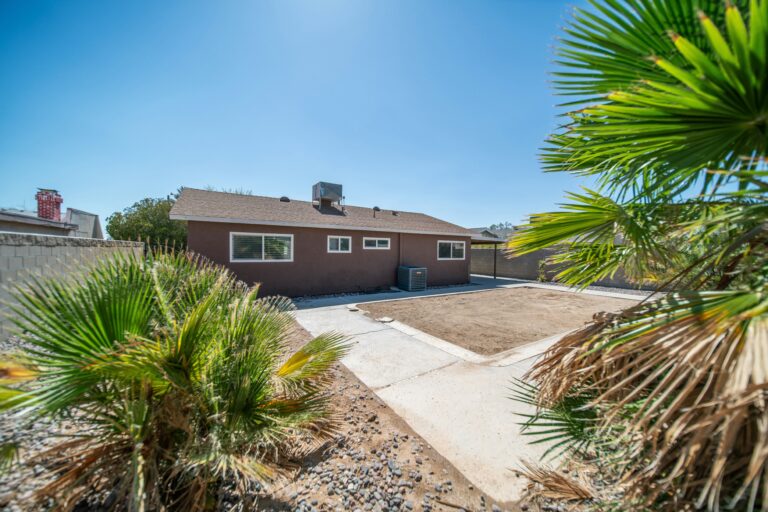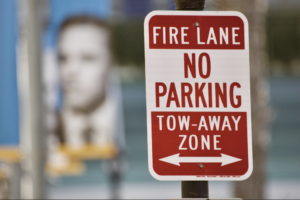When the grass starts growing through the cracks in your driveway, it does more than just ruin the look. These weeds can actually make the cracks worse, leading to bigger problems over time. The good news is that there are simple, effective ways to take control and stop the spread for good.
How to Get Rid of Grass Growing in Driveway Cracks
To stop grass from taking over your driveway, you need more than just a quick fix. Start by pulling out as much of the grass as you can by hand. Don’t be tempted to stop there, though—if you leave the roots behind, that grass will be back before you know it.
Once the surface is clear, use a wire brush or a pressure washer to blast away dirt, small roots, and debris lodged in the cracks. The cleaner the crack, the better your treatment will work. After cleaning, apply a weed killer or natural solution to ensure the roots are completely dead. Finally, seal the crack with a high-quality crack filler to keep moisture and seeds out.
It’s all about doing the job thoroughly from start to finish. Anything less is just giving weeds an open invitation to return.
Will vinegar kill grass in driveway cracks?
Yes, vinegar can be an effective option for killing grass in cracks, especially when you’re looking for a more natural solution. Household vinegar contains acetic acid, which dries out the leaves and kills off the top of the plant. But here’s the truth: standard white vinegar usually won’t reach or destroy the deeper roots.
For tougher weeds or thicker cracks, a stronger horticultural vinegar with a higher concentration of acetic acid will give you better results. Spray it directly into the cracks on a dry, sunny day for maximum impact. It’s best to reapply after a few days and monitor the area to make sure the roots don’t survive and regrow.
Keep in mind that vinegar doesn’t offer long-term protection. It’s a great starter option, but for lasting results, sealing the cracks after treatment is the real game-changer.
Why You Should Never Ignore Grass in Your Driveway
A little green poking through the pavement might not seem like a big deal, but it’s the beginning of a much bigger problem. As grass and weeds grow, their roots expand and push against the edges of the crack. That pressure leads to widening cracks, more water infiltration, and in cold weather, even freeze-thaw damage.
And once moisture starts getting into the base of your driveway, repairs get a lot more expensive. It’s far easier—and cheaper—to take care of these issues while they’re small.
At Walt’s Paving, we’ve seen firsthand how untreated cracks go from minor nuisance to major headaches. That’s why we always recommend homeowners act early and invest in preventive care.
Seal the Deal: The Final Step for a Weed-Free Driveway
Once you’ve removed the grass and treated the cracks, don’t stop there. Sealing your driveway isn’t just about appearance—it’s about protection. Crack sealer keeps water, dirt, and seeds from slipping back in. It also extends the life of your driveway and gives it that fresh, finished look you want.
You can pick up crack filler at most hardware stores, or you can bring in professionals who know exactly how to prep and seal for long-term results. If you want a smooth, clean driveway that lasts for years, sealing is the final step you can’t afford to skip.
How can Walt’s Paving help?
You can count on Walt’s Paving to complete your residential or commercial paving project in an efficient and timely manner. We have over 40 years of experience paving asphalt driveways, making asphalt repairs, and sealcoating asphalt. We are located in Osceola, IN, and service homeowners and businesses within 50 miles of Elkhart, IN. Call us today.







